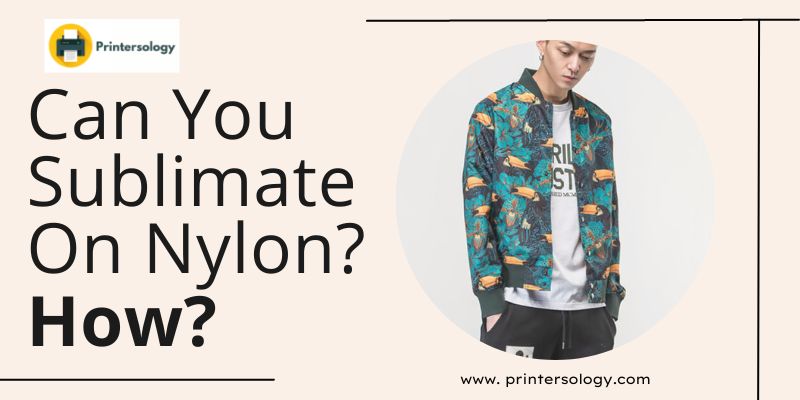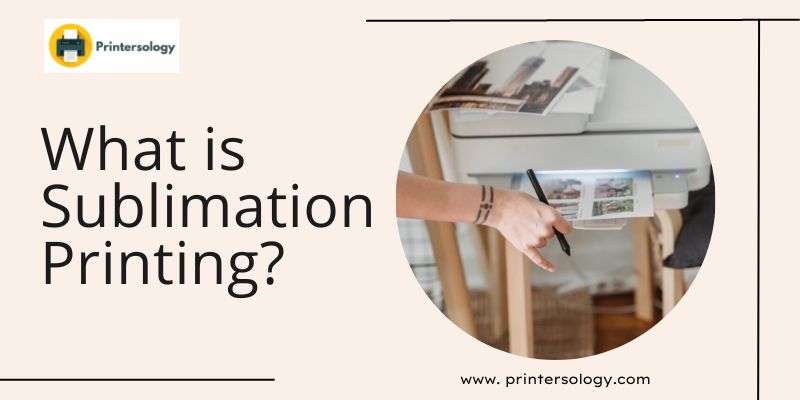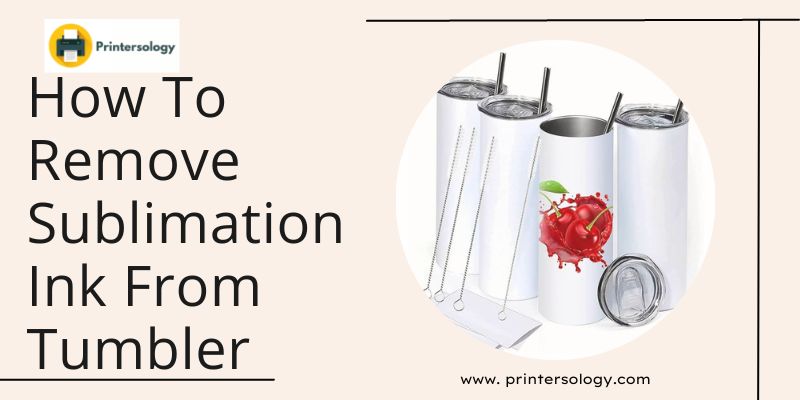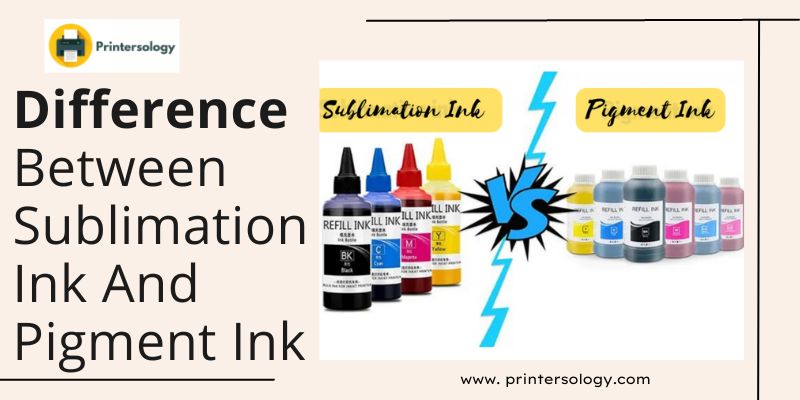Can You Sublimate On Nylon? Is It Good For Sublimation?
Yes! You can sublimate on Nylon, but not all types. And it is mostly accomplished at lower temperatures. This is because there are many kinds of nylon fabrics, and they all respond differently to various dyeing processes.
Moreover, nylons have a tendency to melt at high temperatures, which are usually accompanied by the sublimation process. So, you do have to look for the one that works best for you and your project.
Which Nylon Is Good For Sublimation?

Nylon is a general term for a specific group of synthetic fibers known as polyamides. Basically, nylon materials are silk-like and thermoplastic. They are often made from petroleum, which means they can melt under heat.
Nylon 6 and 7 are generally considered the best options for nylon sublimation; they are more durable with higher melting points and are less likely to melt during the sublimation process.
Another factor to consider is how the Nylon will react to the sublimation dye.
Apparently, the Nylon might only take on a little of the due, and the colors will appear lighter on the fabric from the sublimation process. This might not give you the desired output. But with other cases, it might work perfectly fine.
Nylon is an adaptable fabric that can be used for a variety of purposes, including clothing, furniture, covers, banners, and more. In order to ensure that the fabric will better hold onto dye and designs, some nylon fabrics are pre-treated with binding chemicals and additives. This treatment helps with dye absorption, so that the colors and designs will be more vibrant and longer-lasting. If you’re using nylon fabric for your project, it’s worth checking to see if it has been pre-treated – it could make all the difference in the end result!
It is always best to test a small section first to avoid catastrophe when sublimating with Nylon. This way, you can avoid printing on the entire piece only to have it fail. By doing a few test patches, you can be sure that the sublimation will work before continuing.
How To Sublimate On Nylon?
The process for sublimation on Nylon is very similar to other types of fabric, such as polyester. First, you ready the design and print it onto Sublimation paper. Further, you’ll need the same tools as required for other fabrics, including a heat press.
The only difference that comes here is the heat press settings. Sublimation on Nylon is slightly different from other fabrics because you have to be careful not to overheat it. The Nylon can start to melt if the temperature gets too high, so it’s important to adjust both the temperature and the pressing time to ensure that the dyes properly adhere to the fabric.
The ideal temperature for pressing your nylon fabric is 330 °F for 80-90 seconds.
But again, I would recommend that you perform a patch test before sublimating the whole fabric.
Why Choose Nylon For Sublimation?
If you are reading this, you are most likely interested in exploring the possibility of sublimating on Nylon. But some might wonder why you choose Nylon if it is a complicated fabric to deal with when it comes to sublimating. So here is the answer.
Nylon is an excellent fabric choice for many reasons – it’s long-lasting, has a bit of stretch, and has a smooth, soft finish. It’s also a non-absorbent material, making it ideal for items like gym bags and sports gear that might come into contact with moisture. You can also find nylon garments like sweatshirts and add some unique sublimated designs to them for a great look.
Frequently Asked Questions
1. Can you sublimate on nylon spandex?
Yes, you can sublimate it. It is one of the best materials for this purpose because of its durability and strength.
2. Can you sublimate on nylon bags?
You can sublimate on them as long as they are made of Nylon 6 or Nylon 7. These are the ideal nylon types for sublimation.
Conclusion
Yes, you most surely can sublimate on them, but remember that not all types of nylons are compatible or can withstand the heat used during the sublimation process. Whenever planning to sublimate, perform a sample sublimation before doing the deed. What temperatures will work best and how much duration will be required to get the most vibrant results will be easy to deduce with trial and error methods. Though the sublimation process is simple and standard, ignoring the critical factors may result in adverse results.






